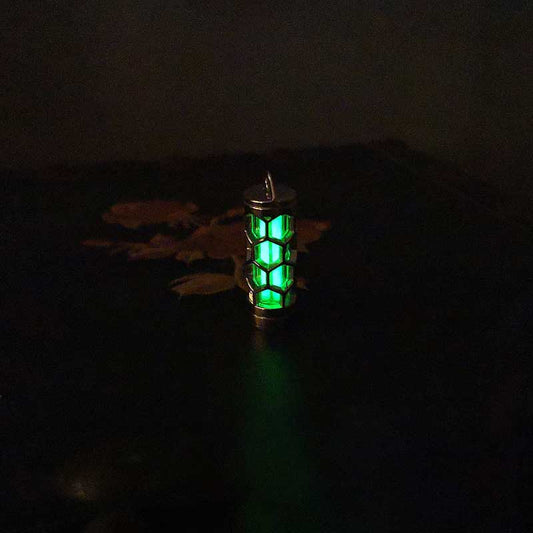Understanding the Half-Life of Tritium A Scientific Journey into Everyday Experiences
Understanding the Half-Life of Tritium A Scientific Journey into Everyday Experiences
There’s something oddly fascinating about radioactivity. It's one of those scientific concepts that sounds a bit like science fiction but has more concrete applications than most people might realize. Tritium is a perfect example. When I first learned about tritium, the isotope of hydrogen that has a half-life of approximately 12.3 years, I couldn't help but be reminded of those glow-in-the-dark elements found in watches and emergency exit signs. Despite its radioactive nature, tritium is quite unassuming in its everyday applications.
Delving into the concept of a half-life, especially for a substance like tritium, can feel like one of those rabbit holes that easily captivates any curious mind. The half-life of tritium refers to the time it takes for half of a given sample to decay. In this particular case, 12.3 years. When you think about it, it's like the universe’s own way of setting a clock, albeit a very precise one that rarely aligns with our human perception of time.
In my college days, I was part of a research team studying environmental sciences. One of our projects focused on the presence of tritium in local water supplies, a task that involved meticulous sample collection and analysis. At first, we were all a bit intimidated by the idea of working with a radioactive substance. The reality was much less dramatic than our imaginations had led us to believe. Tritium, it turns out, is quite benign compared to other radioactive elements, primarily because it emits low-energy beta radiation that doesn't penetrate the skin.
Of course, tritium's applications extend beyond mere scientific curiosity. It plays a crucial role in things like self-luminous paints, which are used in watches to help us tell time in the dark, and in the production of energy through nuclear fusion research. It’s amazing to think that the tiny particles from our watch dials are linked to grand scientific endeavors, potentially paving the way for future energy solutions.
On another note, the half-life of tritium also serves as a poignant reminder of time’s relentless march. I remember visiting a museum exhibit about the Cold War and the significant role tritium played in nuclear weaponry. It’s strange to juxtapose the everyday presence of tritium in my watch against its far more ominous applications. Yet, that duality is part of what makes tritium so fascinating. It's a study in contrast—mundane and monumental all at once.
Reflecting on these experiences, I can't help but be grateful for the peace of mind that comes from understanding the science behind the everyday. The half-life of tritium is more than just a number. It's a bridge between the mundane and the extraordinary, a reminder that there’s a universe of information hidden in the smallest details of the world around us.































